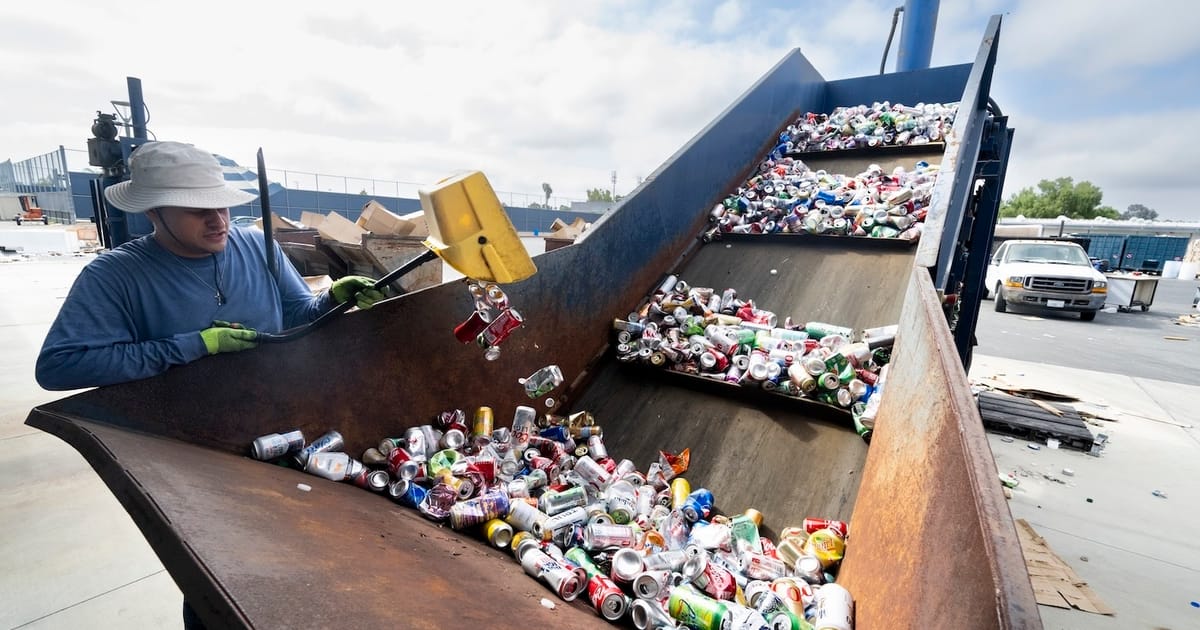Total aluminum shipments from U.S. and Canadian facilities fell 4.5% year-over-year through June as wider economic uncertainty and rising commodity prices weakened overall demand for the metal, according to the Aluminum Association. At least one downstream supplier, Wisconsin Aluminum Foundry, has reportedly laid off more than a hundred workers as a result of unfavorable market conditions.
“It’s too early to say if it’s a blip or something more systemic,” Murray Rudisill, vice president of operations at Reynolds Consumer Products and chair of the Aluminum Association, said on the press call. “As tariff impacts start to make their way into the market, we will be carefully monitoring demand numbers to see if this softening continues or accelerates,” he said, adding that the report “is a reminder that we are not immune to broader economic headwinds.”
The reactions from America’s two remaining primary producers have been similarly mixed.
Pittsburgh-based Alcoa has criticized the 50% tariff, warning that — far from revitalizing the U.S. industry — the higher prices on imported aluminum will lead to “some type of demand destruction” as consumer appetite slows, Bill Oplinger, the company’s CEO, recently told Bloomberg. Alcoa also produces aluminum in Canada and imports it to the U.S., and the tariffs have reportedly increased the company’s annual expenses by $850 million.
Century Aluminum, by contrast, has applauded the trade policy. In August, the Chicago-based manufacturer said it is ramping up production in response to tariffs. Century will invest about $50 million to restart over 50,000 metric tons of idled production at its Mt. Holly smelter in South Carolina by June 2026. The company will purchase additional electricity for the restart from the utility Santee Cooper, which gets most of its energy supply from coal, fossil gas, and nuclear power plants.
Century and another company, Emirates Global Aluminium, are both planning to build entirely new smelters in the U.S., which together would nearly triple the nation’s primary-aluminum capacity. However, the smelters likely won’t come online for several years or more, meaning they won’t help reduce the supply crunch or price pain facing the industry right now.
In the meantime, the U.S. aluminum industry is accelerating its hunt for scrap. The startup Amp, for instance, said it has deployed around 400 robotic sorting systems, mainly in the U.S., that pluck aluminum from waste-handling facilities; the firm raised $91 million last year to expand its fleet. And a can-collection company called Clynk was just acquired by Norway’s Tomra as it works to deploy more of its automated bag-drop stations across the country.
The Aluminum Association, meanwhile, is continuing to lobby for measures that would boost the nation’s recycling rate — which, when it comes to drink cans, is at its lowest point in decades. State “bottle bills,” for example, provide a small financial incentive for returning cans to official redemption centers. Only 10 states have adopted them to date.
“When we look at the Midwest, or areas like Texas, that don’t have any sort of policies around recycling … we’re reframing this as an economic matter,” Henry Gordinier, president and CEO of Tri-Arrows Aluminum, said of the policy push. He noted that aluminum is one of the top three industries in Kentucky, where Tri-Arrows is based.
“It’s bringing awareness to say, ‘Hey, recycling metal is actually vital to the economy of the state,’” he said.
